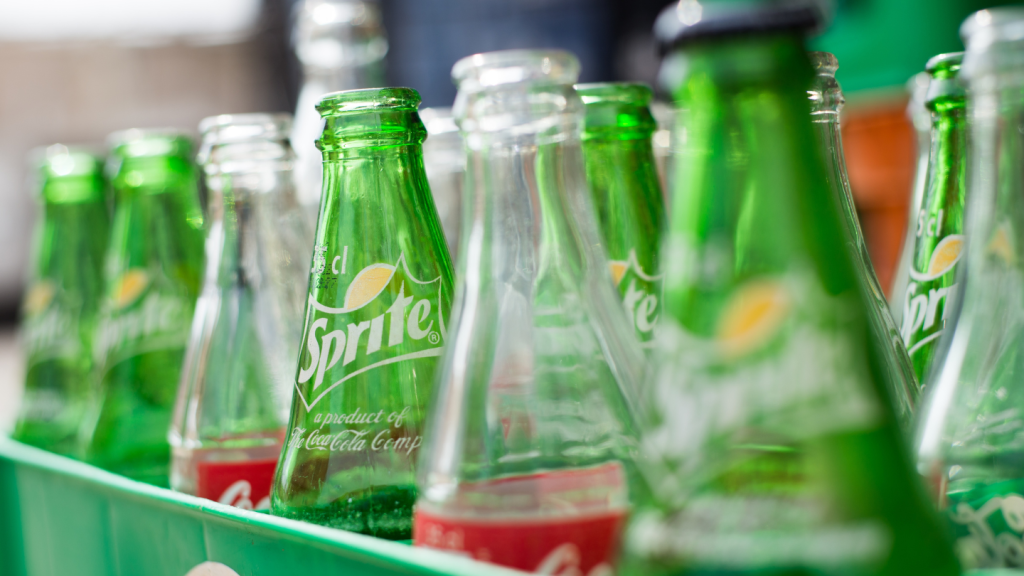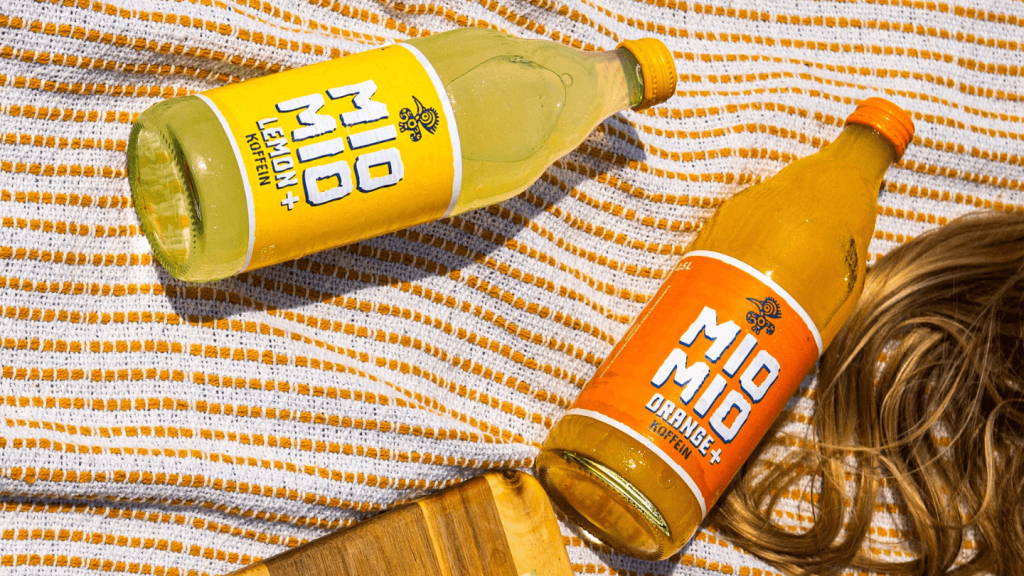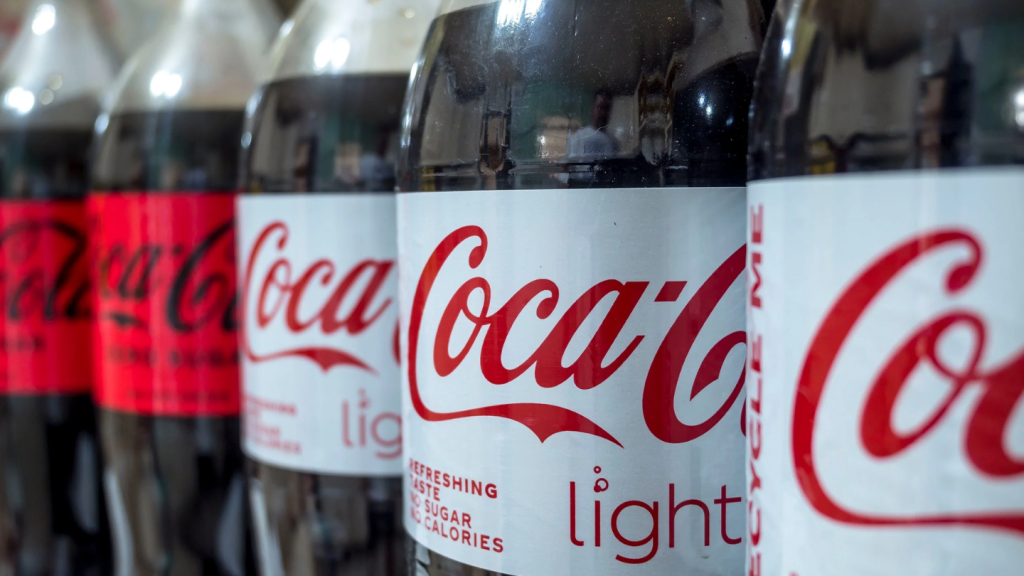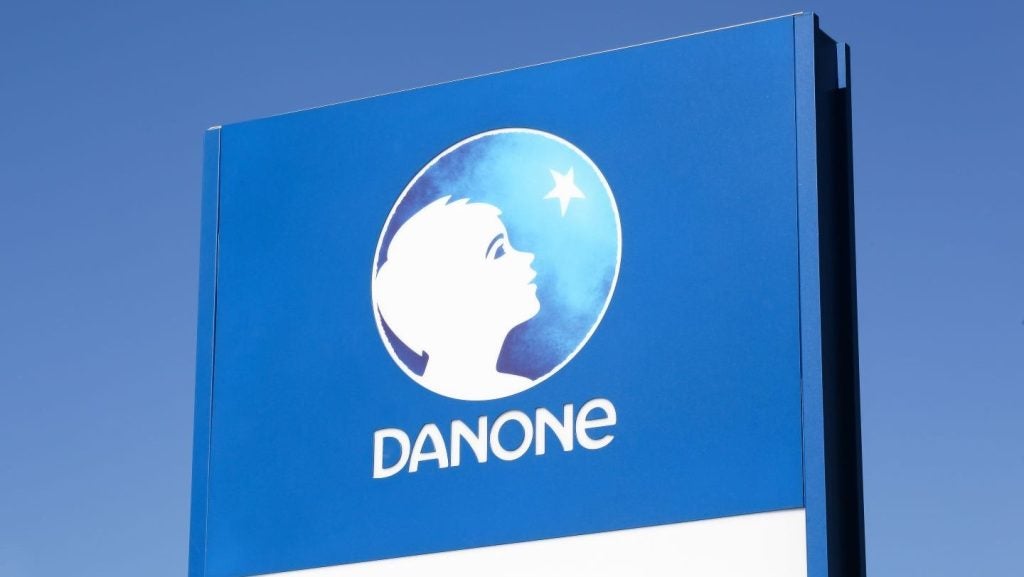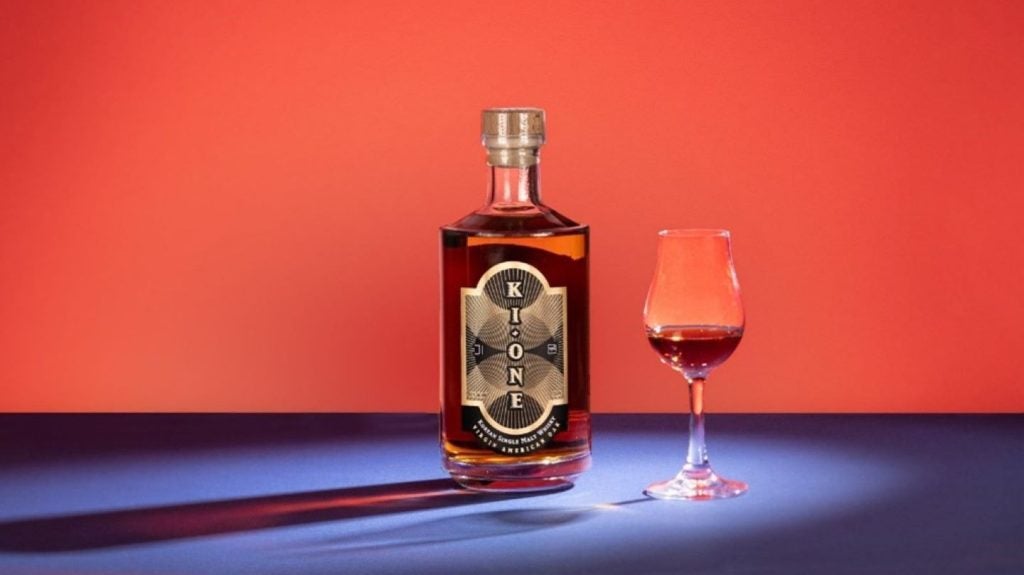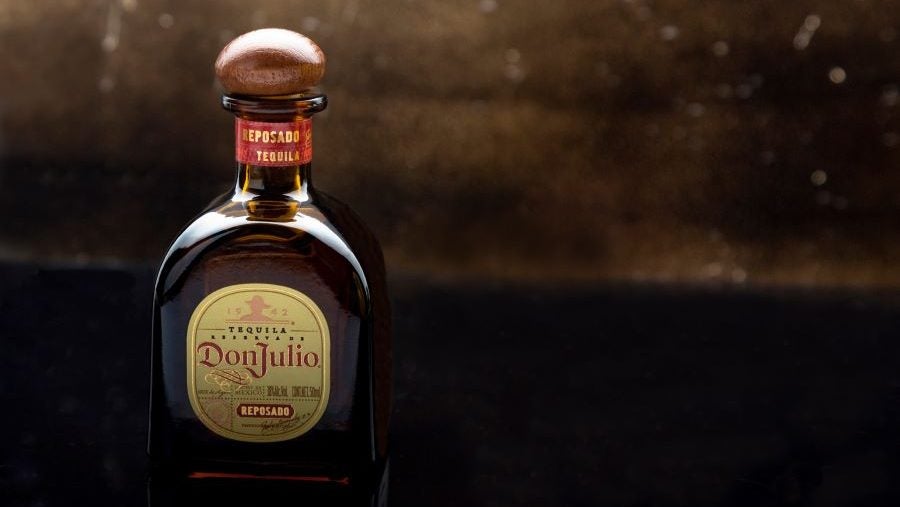There’s one question on media visits to cask warehouses and wine maturation cellars that gets asked with predictable regularity but which I’ve never really understood the relevance of: “How many barrels do you have?”
Depending on the scale of the operation, the answer may be an impressive number but, as a statistic outside the context of category, producer and market, it’s essentially meaningless. “How many barrels do you have?” only acquires relevance if it’s followed up with another crucial enquiry: “How many customers do you have?”
The correlation between the two measures has become problematic of late for aged spirits: the pandemic, supply chain disruption, overstocked trade inventories, a cautious consumer base that’s downtrading or reducing consumption.
At the same time, many parts of the industry have grown accustomed to steady, predictable growth trajectories, particularly for premium-and-above products. Decisions about future supply needs, which dictate capital expenditure, production levels and maturation requirements, have been made in the context of a long-term bull market.
In a bull market, everyone thinks they can succeed but they can’t. Not everyone will expand their sales in line with the category but anyone forecasting below-average growth for themselves is, by definition, predicting their own underperformance – and that’s not a great career move.
This is the theoretical backdrop to a very real problem identified in a recent analyst note from Bernstein with an eye-catching title: “Is a US whiskey glut on the horizon?”
The note builds on some simple numbers: according to the Kentucky Distillers’ Association (KDA), Bourbon inventories in 2022 stood at 12.6m barrels, or more than double the amount recorded a decade earlier.
Given the stuttering growth of US whiskey since late 2022, that’s an obviously concerning figure. Interestingly, the Bernstein number crunchers don’t see supply outstripping demand in any serious way this year, or even in 2025. After that, however, the gap grows to worrying proportions, peaking in 2029 before contracting again.
This all comes with a few obvious caveats: not all Bourbon is distilled in Kentucky (although the vast majority is), and not all US whiskey is Bourbon. There’s a little brand over in Tennessee called Jack Daniel’s, for one thing. You may have heard of it.
Nonetheless, Bernstein reassures us that TTB data spanning the whole US whiskey category reinforces its thinking. So, let’s assume the analysis of current stock levels is accurate, and let’s agree that is potentially problematic in the current, rather fragile, market context both in the US and overseas.
The first key question is: what happens next? Bernstein reckons the ramping up of production will, for the moment, continue, with KDA members planning to spend $2.3bn over the next four years on “real estate and land building”, as well as splurging $0.9bn on manufacturing machinery.
Both of those amounts represent increases on the past four years (although that included part of the Covid-19 pandemic) but is all of this future capex fully committed? Given recent market trends, how many leading players are rethinking their future production needs? I’d be stunned if all of that $3bn or so actually gets spent.
Secondly, assuming that there will be some kind of oversupply, how should the industry react? Discounting? Prioritising untapped export markets? Sitting tight and allowing inventories to gain in age and – potentially – in value too?
Or all of the above? Compared to Scotch whisky, US whiskey remains a relatively immature category and that gives it greater scope and opportunity to expand into previously under-exploited areas.
It’s a global category but one that has historically relied on Jack Daniel’s in particular, accompanied by Jim Beam and a few others, to drive overseas growth. The sheer scale of the domestic market – and its recent performance, in both volume and value – naturally constrains international ambitions. Why try to sell in China when you can shift the bulk of your production without leaving the US?
It's an increasingly value-focused category but there’s still ample room for growth at higher echelons, and price comparisons with, say, malt Scotch, are favourable. Generally speaking, higher-priced whiskies require longer ageing and continual investment in distillation – which is exactly what they’re getting.
It’s a category that has put a lot of hard yards into driving pricing upwards but that doesn’t mean its volume core can’t support judicious discounting and promotional work to lure, or keep, consumers in the US and beyond. In Scotch, Diageo does exactly this with the likes of Johnnie Walker Red Label, or Black & White.
The industry big-hitters have deep enough pockets, and sufficient levers to pull, to keep the lights on.
All in all, I don’t think any of us should lose much sleep about the industry big-hitters. Even if the more Eeyore-ish elements of the Bernstein projections prove correct, they have deep enough pockets, and sufficient levers to pull, to keep the lights on.
But that’s not true of many smaller distillers, some of which have already been forced to the wall by pandemic disruption, spiralling raw materials costs, high energy prices, rising inflation and the cost-of-living crisis impacting consumer demand.
Look at those three options outlined above: expand overseas; create higher-value products by prolonged ageing; invest in discounting and promotions. If you’re already struggling – and borrowing more cash is either impossible or inadvisable – are any of them really viable?
There could be very hard times indeed ahead for the generation of craft distillers that emerged over the past 20 years. The best may be able to go it alone – or give into the inevitable and face acquisition by a larger operator; those that aren’t the best may well be lost in a Darwinian wave of extinction. Let’s hope that the creativity and innovation that they’ve brought to the US whiskey category – something often lacking among larger businesses – is not also lost.
There’s one further caveat about those rather grim-looking Bernstein projections of a yawning gap between supply and demand. If distillers can’t get their forward-looking sums right, what makes us think that Bernstein can? These speculative notes are immensely useful in making us think about future category performance but while considering their merits seriously and thoughtfully we should also never forget one thing: they’ll almost certainly be wrong. It’s just a question of by how much.




